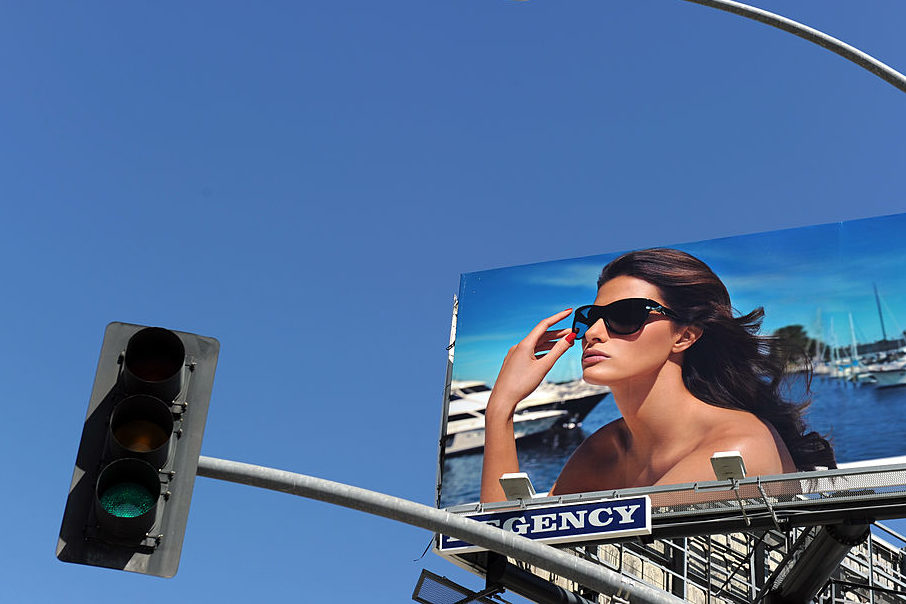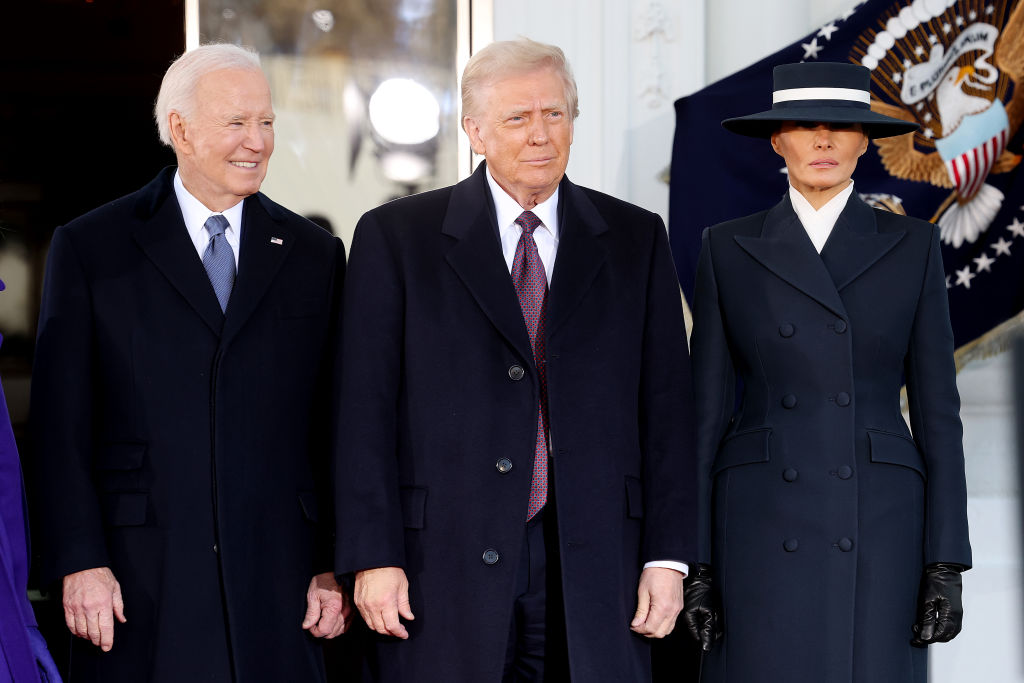Laramie, Wyoming
‘We should aim rather at leveling down our desires than leveling up our means.’ Thus spake Aristotle in Politics. Here the philosopher addresses the modern consumer across an expanse of 2,300 years. ‘Desire accomplished is sweet to the soul’, saith the Psalmist. His message is rather for the advertising agent, whose accomplished desire in this instance is not his own but that of his prey.
No more morally corrupt, fundamentally dishonest, cynically manipulative and socially destructive occupation exists in this sad imperfect world than the modern advertising business, whose damaging effects upon civilization far surpass those inflicted by the oldest profession, by public education and by democratic politics, which it closely resembles and of which it is a vital and indispensable appendage.
It was not always thus. The secondary meaning of ‘advert’ given in the Random House Dictionary of the English Language is ‘to turn the attention [to]’. The same volume defines the verb ‘advertise’ as ‘1. to give information to the public about; announce publicly in a newspaper, on the radio, etc; 2. to praise the good qualities of (a product, service, etc.) in order to induce people to buy or use it’.
Restricted to these modest purposes, advertising is an innocent enough activity; indeed, it is an economically essential and socially beneficial one as well. People need things they cannot easily provide for themselves, or at all — things that other people can provide for them, and by doing which they make their honest livelihoods. Before the Great War, when advertising as an organized enterprise was in its innocent infancy and the large majority of Americans (like everyone else) lived in rural, remote and often barely accessible places, the catalogues produced by the great urban emporia (Sears Roebuck, Montgomery Ward and so forth) were nearly indispensable to customers and merchants alike. In those days also, advertising was pretty closely restricted to the business of ‘giving information about’ and ‘announcing’ the items it aimed to sell. The typical advertisement of the time was restricted to a few column inches, often boxed and subsumed in a vertical series of similar notices. Sometimes it included a black-and-white sketch of the object for sale. Copy was simple and descriptive; anyone with a third-grade education could compose it.
The advertising business was revolutionized during the 1920s, when it was transformed into a powerful industry that was further accepted as a profession, like journalism and chiropractic. More, it had the glow of glamour about it, nearly as much so even as the moving picture industry. Movies were made about advertising, and novels written. (John Dos Passos was unkind to Madison Avenue in USA, but Madison Avenue didn’t know who Dos Passos was, and could have cared less anyhow.) The visual media could do but little for advertising in those days before television, and so the radio broadcasters enjoyed a virtually exclusive monopoly over the business outside of the print medium. Radio advertising was outrageously, almost beguilingly, idiotic, even when compared with the televised version to come. Still, as Raymond Chandler remarked a couple of decades later, you didn’t have to watch anything on the radio.
It was the watching part that changed everything. Radio ads had amounted to no more than driveling jingles — imagined by their creators in the agencies and tens of millions in the audience to be poetry — in which it was impossible to discern which was more inane, the musical notation or the words. Their message was mindless, the claims they asserted on behalf of the advertised product absurd — nine times out of ten wildly exaggerated or simply lies — but they were also unpretentious, with the ambitions of the authors strictly limited to selling whatever it was they were presenting.
***
A print and digital subscription to The Spectator is just $7.99 a month
***
It was the watching part that changed everything. Radio ads had amounted to no more than driveling jingles — imagined by their creators in the agencies and tens of millions in the audience to be poetry — in which it was impossible to discern which was more inane, the musical notation or the words. Their message was mindless, the claims they asserted on behalf of the advertised product absurd — nine times out of 10 wildly exaggerated or simply lies — but they were also unpretentious, with the ambitions of the authors strictly limited to selling whatever it was they were presenting.
Television advertising aimed from the beginning at something far grander, wider and infinitely more sinister. The wizards of the ad studios in those days — as in the present time — had in mind nothing less than creating and projecting, by means of their inane playlets, an alternative reality, an imaginary dimension in which all is for the best in the best of all possible worlds, life having attained perfection as the culturally liberal middle-middle class supposes perfection to be. Everyone has the looks at least of a Grade-B film star, lives in a comfortable suburban home as a contented unit of a perfect suburban nuclear family and owns all the up-to-date modern appliances and furniture. In TV Ad-World — the wondrous world postwar liberalism made — economic, social and political unpleasantnesses never intrude, since they do not exist.
From 1945 until the mid-Sixties, Madison Avenue solved the race problem by the simple assumption that all Americans were white. Since the mid-Sixties, advertisers have promoted the fiction that the races are so well and truly integrated that white people have at least as many non-white friends — and nowadays spouses — as they have white ones, all of them living happily next door to each other and enjoying exactly the same style of life. In this perfect world, all are free to devote themselves to one and the same post-historical pursuit: the discovery of new objects of desire and satisfaction by the free and uninhibited exercise of a sheaf of plastic cards to acquire yet more of the nearly infinite array of products made available to everyone by the realization of the liberal dream of limitless plenty. The adman’s role is tirelessly to stir, like Macbeth’s witches, the boiling pot of desires from which an infinite number of newly hatched ones fly to descend like so many incubi and succubi upon billions of actual and potential consumers, most of them lacking biological resistance to their bites and stings.
As I say, advertising in its early days aimed to alert potential customers to products that answered existing, important and often essential needs. Today, it strives to provoke hitherto unimagined desires by marketing wholly unnecessary and absurdly trivial products by the power of autosuggestion, by telling viewers what they unconsciously know they wish and deserve to have, and by distracting them with irrelevant mental associations, most of these of a starkly sexual nature.
Recently I heard of a man who had sent as a wedding present a pair of pillows designed to adjust themselves to the specific cranial contours of the prospective bride and groom, as the item is featured to do on television. Apparently the gentleman was under the impression that a newlywed couple’s preeminent concern, upon falling into bed together on their wedding night and for many a night thereafter, is the adaptive capacity of their pillows. If the advertising wizards can sell that idea — as in fact they have done, and with staggering success — they can sell anything. It is this appalling faculty that makes them an affront to the gods, and to the human race.
This article is in The Spectator’s July 2020 US edition.

























